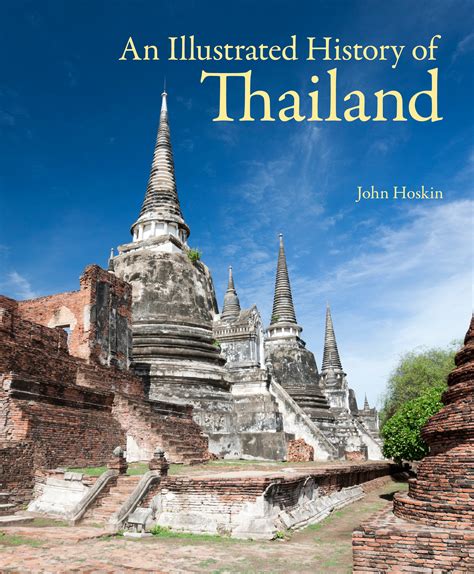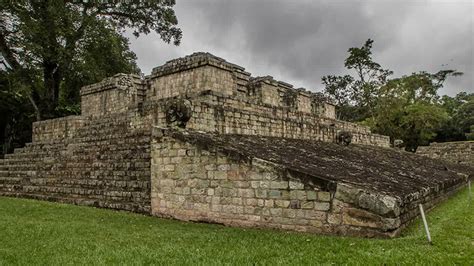Explore Samoa’s history from early settlement to independence movement. Learn about European arrival, Christian impact, and modern politics in this comprehensive guide.
Early Settlement of Samoa
Contents
The early settlement of Samoa dates back to around 1500 BCE, when the first Polynesian settlers arrived in the region. These settlers are believed to have come from Southeast Asia, using traditional outrigger canoes to navigate their way across the Pacific Ocean. The islands of Samoa offered fertile soil, abundant marine resources, and a favorable climate, making them an attractive settlement option for these early seafaring peoples.
As the Polynesian settlers established themselves in Samoa, they developed a unique culture and society. Their agricultural practices, such as taro and yam cultivation, allowed them to thrive in this new environment. They also built impressive stone structures, known as marae, which served as ceremonial and social gathering places. These early settlers also developed a sophisticated system of navigation and sea-faring skills, enabling them to maintain connections with other islands in the region.
Over time, the population of Samoa grew, leading to the establishment of chiefdoms and complex social structures. The chiefs, or ali’i, held significant power and influence within their communities, and were responsible for maintaining order and overseeing important rituals and ceremonies. The early settlement period laid the groundwork for the rich cultural heritage that defines Samoa today, including its traditional dance, music, and oral storytelling traditions.
The early settlers of Samoa also developed an impressive system of tattooing, known as pe’a for men and malu for women. These intricate designs held deep cultural and spiritual significance, symbolizing a person’s identity, status, and connection to their ancestors. This early form of body art remains an important cultural practice in Samoa, representing a link to the island’s ancient past and the resilience of its people.
Arrival of Europeans in Samoa
When the Europeans first arrived in Samoa in the 18th century, they brought with them significant changes to the native way of life. The initial encounters between the Europeans and the Samoans were largely peaceful, with the Europeans establishing trade and missionary activities on the islands.
However, as more European nations began to take an interest in the Pacific islands, the competition for resources and influence in Samoa intensified. This led to conflicts between the European powers and the local Samoan chiefs, ultimately culminating in a series of wars and the signing of treaties that placed Samoa under the control of Germany, Britain, and the United States.
The arrival of Europeans also had a profound impact on the traditional Samoan social structure and governance. The introduction of European laws and governance systems significantly affected the authority of the local chiefs and the autonomy of the Samoan villages.
Furthermore, the Europeans brought with them new diseases, such as measles and influenza, which devastated the native population. The decline in the Samoan population due to these diseases, as well as the loss of land and resources to the European powers, had lasting consequences for the Samoan people and their way of life.
Impact of Christianity on Samoan Culture
Christianity had a profound impact on the culture of Samoa, shaping and influencing various aspects of society. The arrival of Christian missionaries in the 19th century brought about significant changes in the religious, social, and cultural practices of the Samoan people.
The introduction of Christianity led to the adoption of new religious beliefs and practices, as traditional Samoan spiritual beliefs and rituals were gradually replaced by Christian teachings and customs. Many Samoans converted to Christianity and began attending church services, participating in Christian sacraments such as baptism and communion, and observing Christian holidays and festivals.
Furthermore, the influence of Christianity extended to the realm of social structure and governance in Samoa. The establishment of Christian churches and the spread of Christian teachings contributed to the reorganization of Samoan communities and the development of new forms of leadership and authority based on Christian principles.
Moreover, the impact of Christianity on Samoan culture can also be seen in the realm of education, as Christian missionaries introduced formal schooling and literacy programs, leading to the widespread adoption of written Samoan language and the use of Christian educational materials.
In conclusion, the arrival of Christianity in Samoa had a profound and lasting impact on the cultural and social fabric of the Samoan society, influencing religious beliefs, social structures, and educational practices.
Samoa’s Independence Movement
Samoa’s struggles for independence can be traced back to the early 20th century, when the country was under colonial rule. The movement for independence gained momentum after World War II, when many countries in the Pacific region were asserting their right to self-governance. The Samoan people were inspired by these movements and started demanding freedom from foreign control.
The 1960s and 70s were particularly important decades for Samoa’s independence movement, as the people became more organized and vocal in their demands. The push for independence was not without its challenges, as the colonial powers were reluctant to give up control over the resources and strategic location of the islands. However, through perseverance and determination, the Samoan people continued to fight for their rights.
The turning point for Samoa’s independence movement came in 1962, when the country was granted independence from New Zealand. This marked a significant victory for the Samoan people, as they had finally achieved self-governance after decades of struggle. The newly independent nation continued to face challenges, but the spirit of independence and resilience of the people helped them overcome these obstacles.
Today, Samoa is a sovereign nation with a rich cultural heritage and a strong sense of national identity. The independence movement remains an important part of the country’s history, serving as a reminder of the struggles and sacrifices made by the Samoan people to secure their freedom. The legacy of the independence movement continues to inspire generations, as Samoa strives to maintain its sovereignty and promote peace and prosperity for its people.
Modern Political History of Samoa
Samoa has a complex and tumultuous political history that has shaped the nation into what it is today. The modern political history of Samoa can be traced back to the early 20th century, when the country was under colonial rule by both Germany and New Zealand. This period of colonization had a significant impact on the political landscape of Samoa, as it led to a struggle for independence and self-governance.
One of the key events in the modern political history of Samoa was the Mau movement, which was a peaceful resistance campaign against colonial rule. Led by influential leader Tupua Tamasese Lealofi III, the Mau movement sought to assert Samoan autonomy and challenge the oppressive colonial administration. This movement played a crucial role in shaping the political consciousness of the Samoan people and laid the groundwork for the nation’s eventual independence.
Following World War II, Samoa saw a shift in its political landscape as it transitioned from German rule to New Zealand administration. This period marked a turning point in Samoa’s political history, as the push for self-governance gained momentum. In 1962, after years of political activism and negotiations with New Zealand, Samoa finally gained its independence and established a constitutional monarchy.
Since gaining independence, Samoa has had a relatively stable political environment, with a democratic parliamentary system in place. However, the country has not been without its political challenges, including issues of corruption and power struggles within the government. Despite these challenges, Samoa continues to strive for political stability and economic growth, as it looks towards a promising future for the nation and its people.













